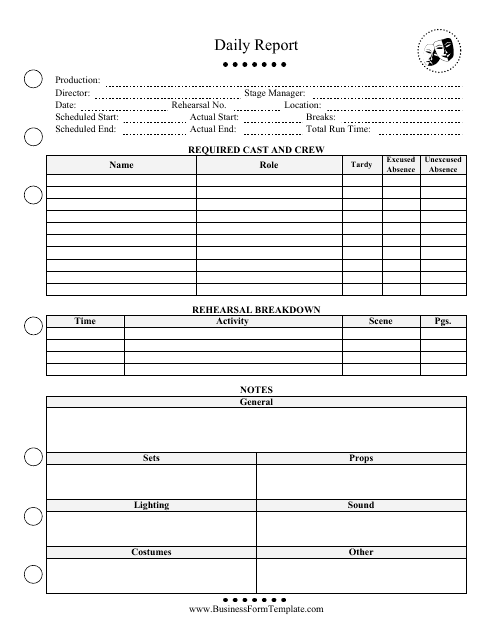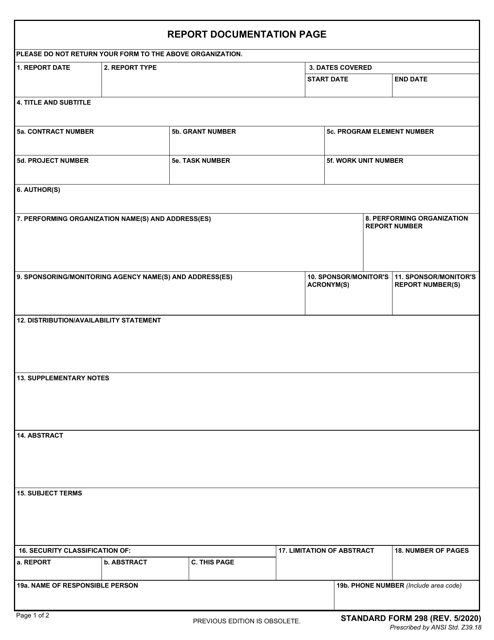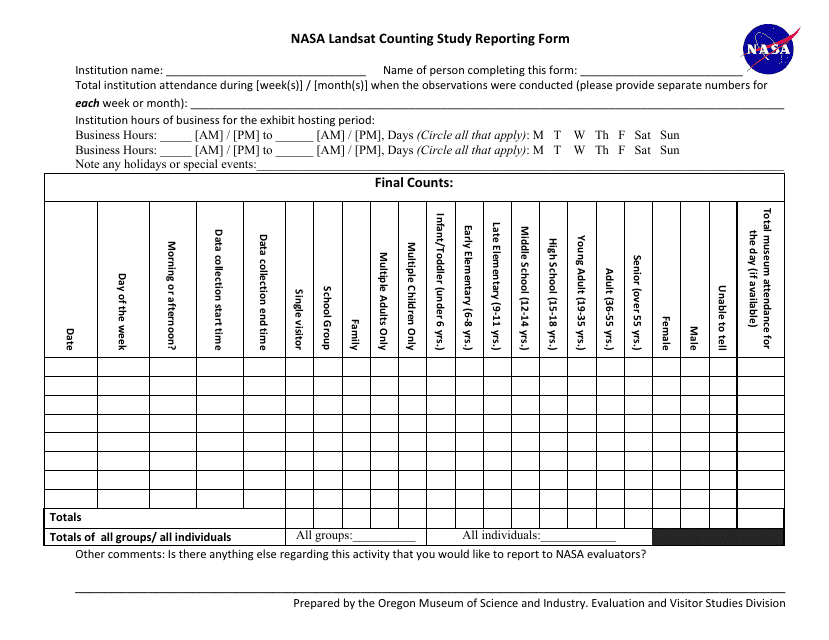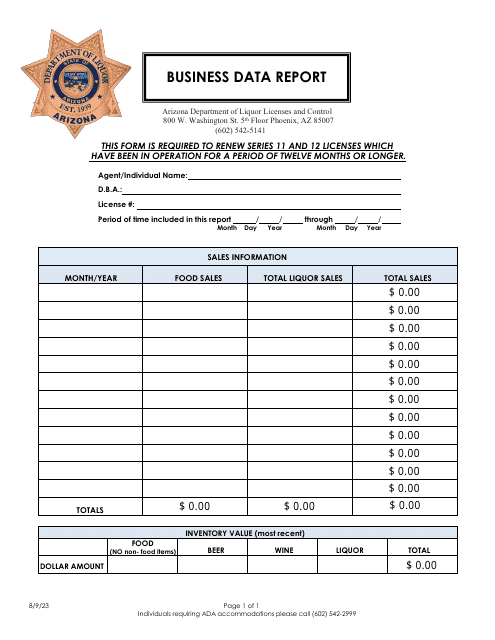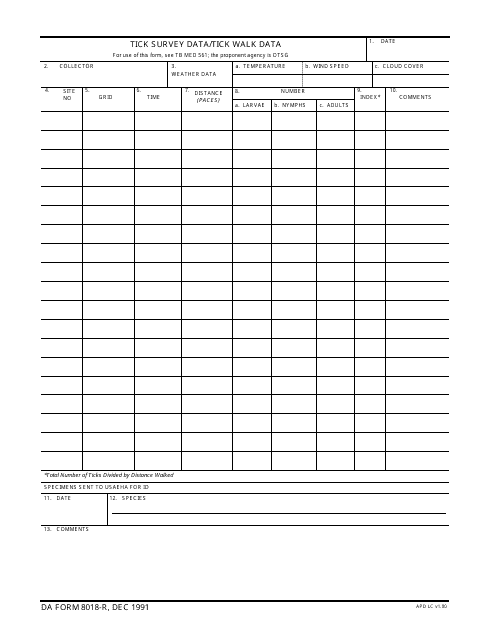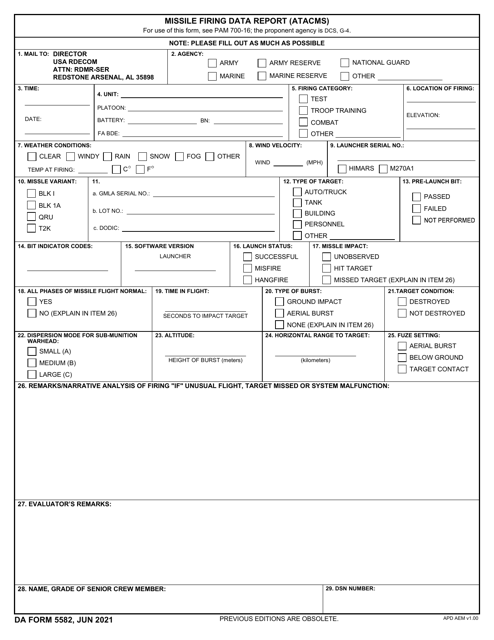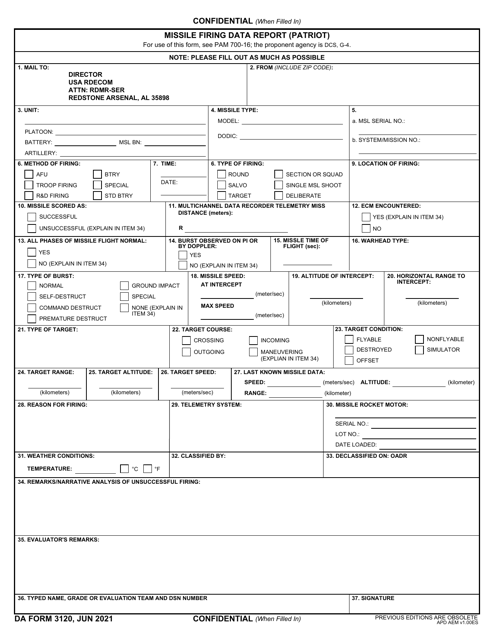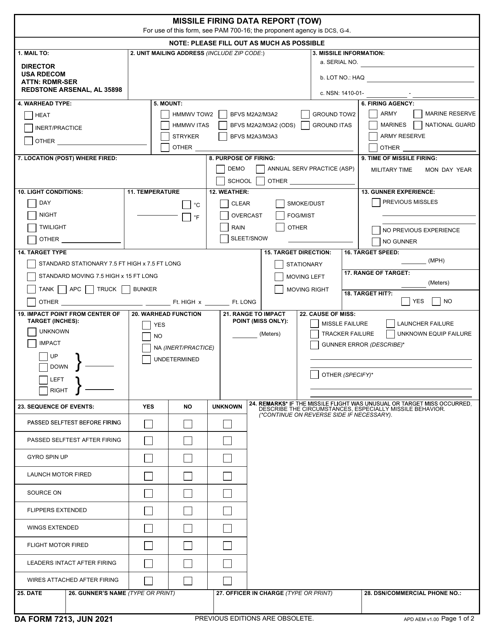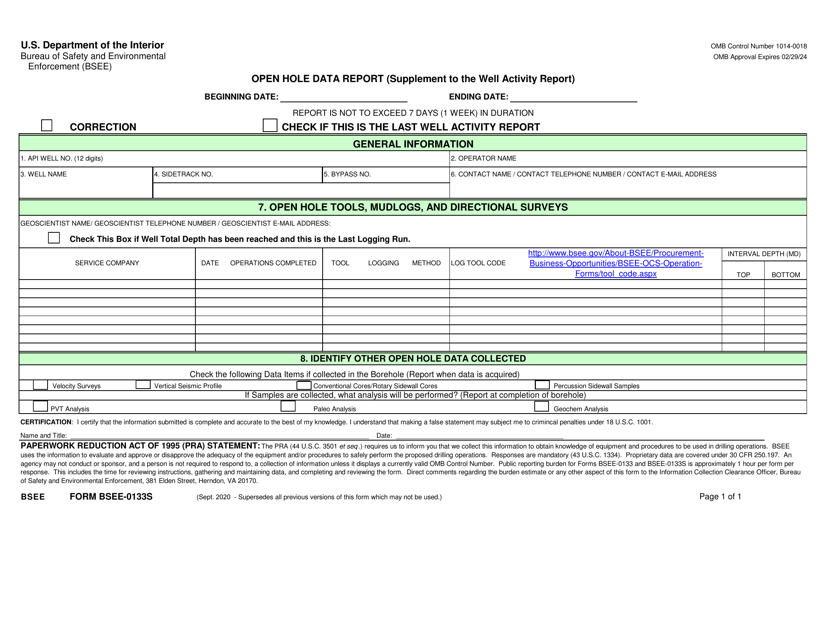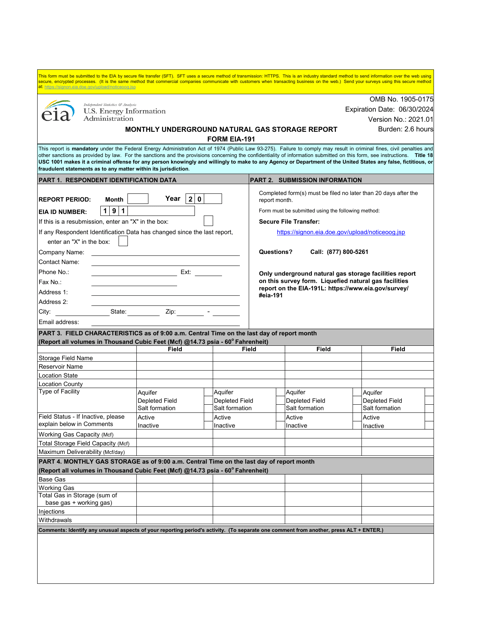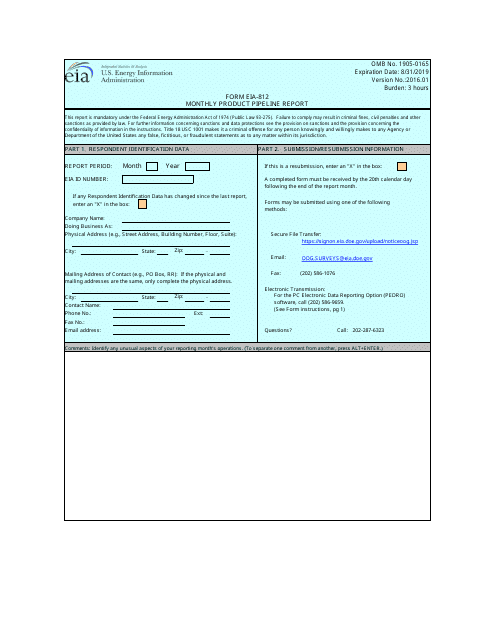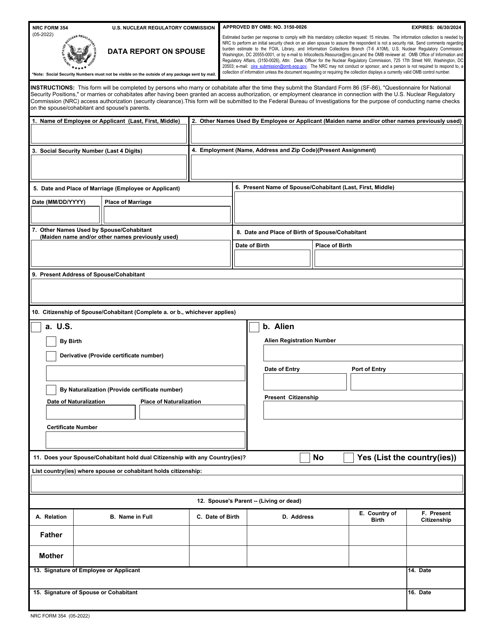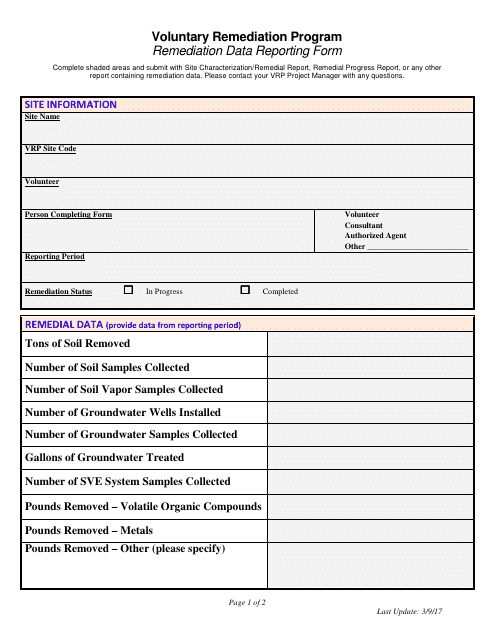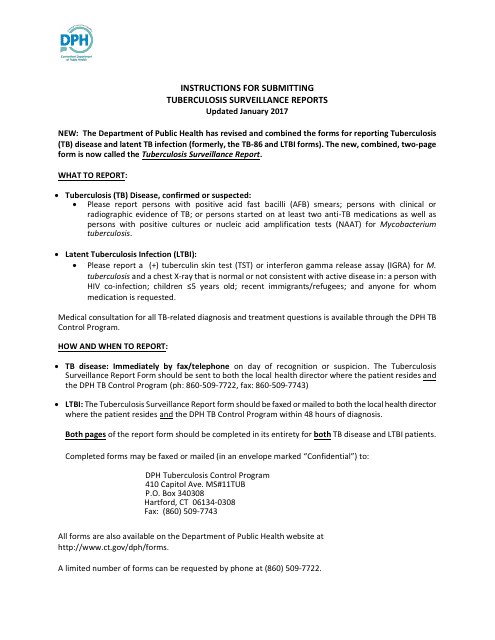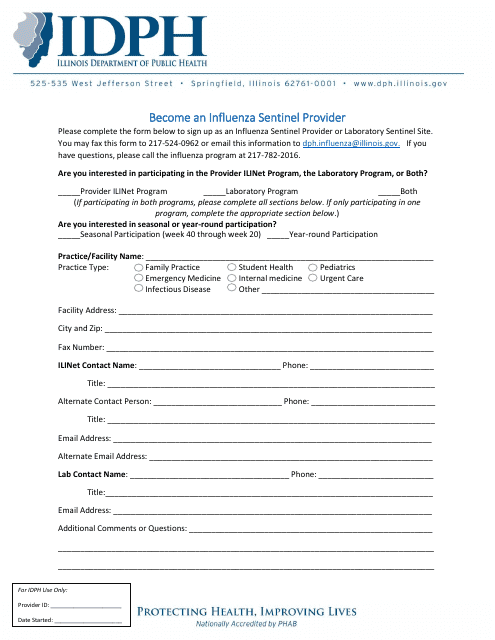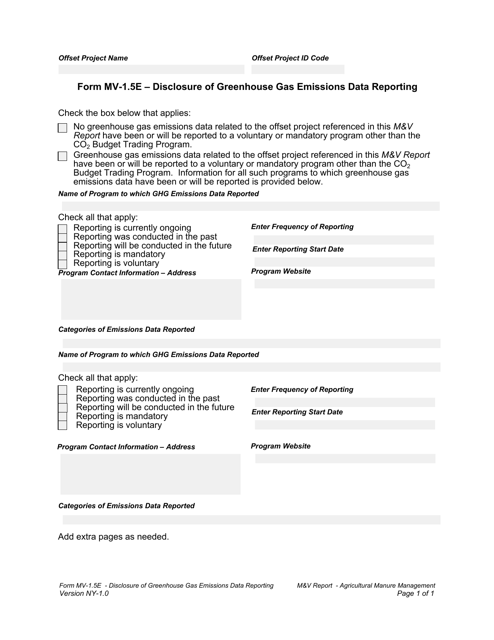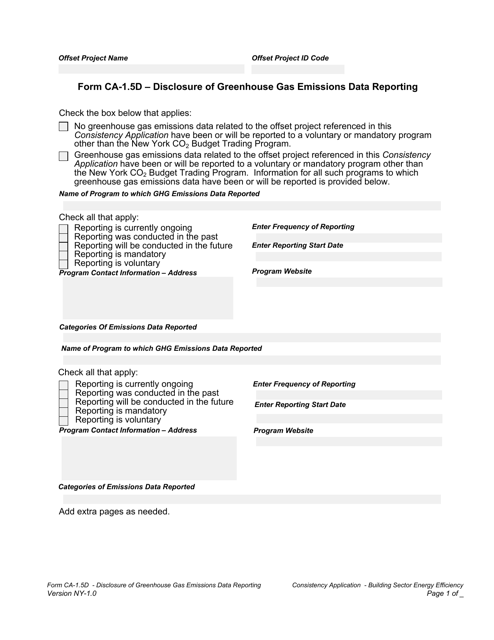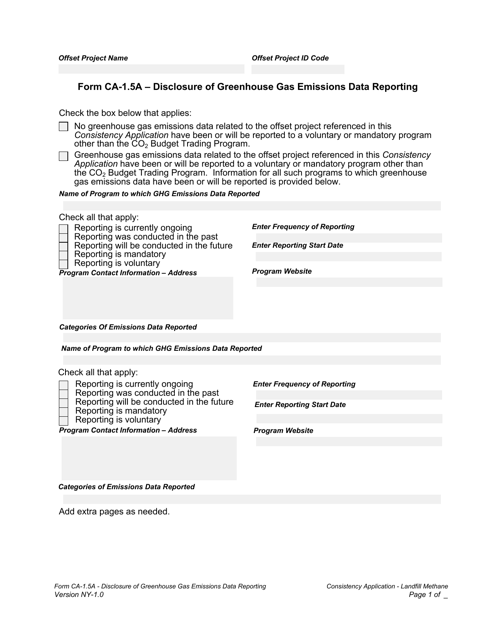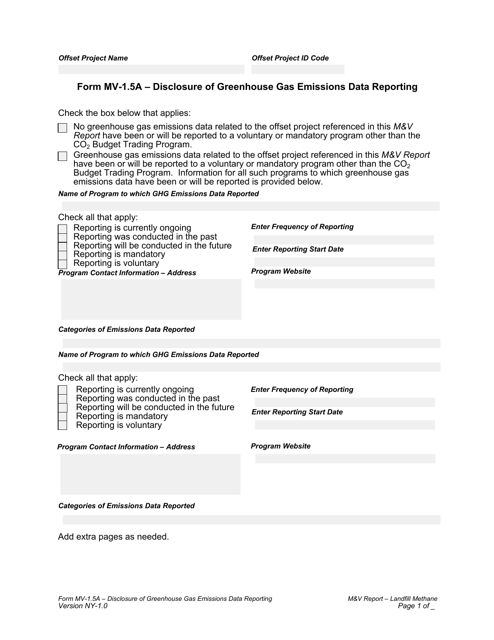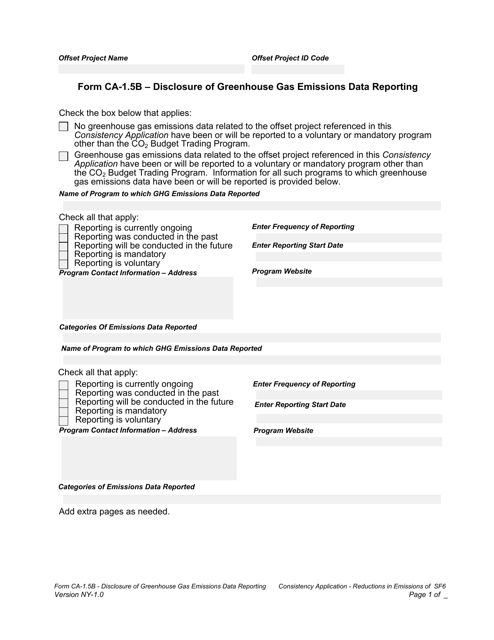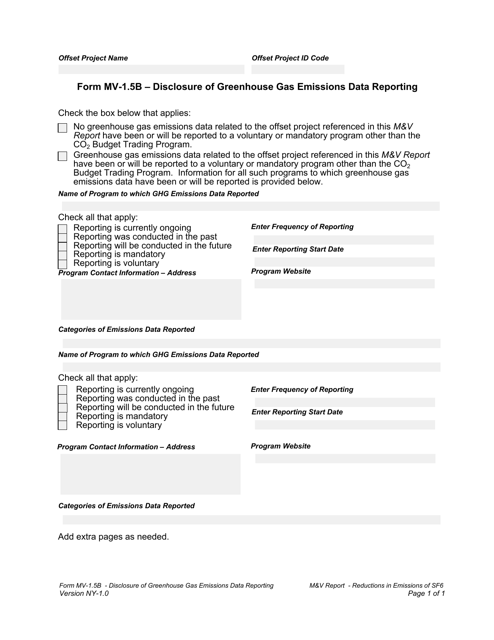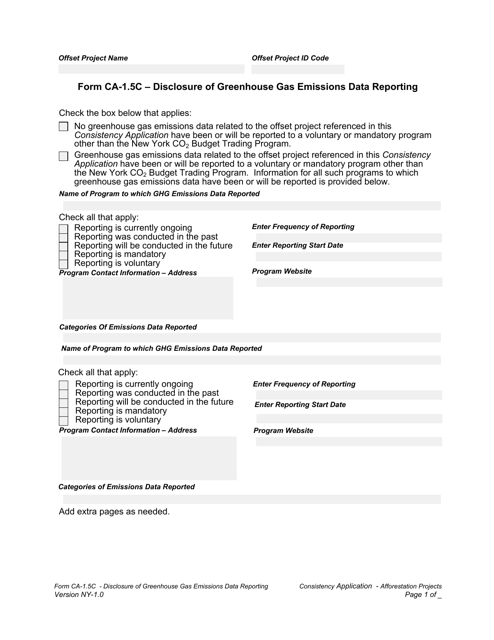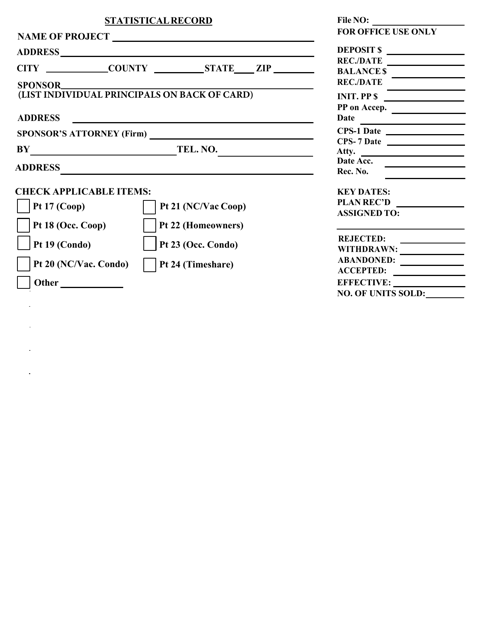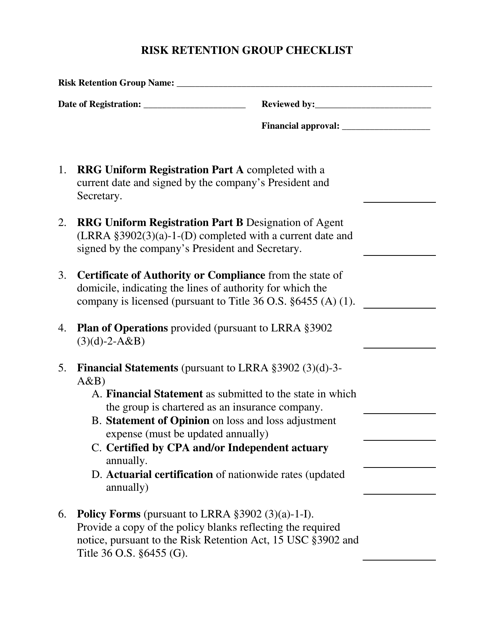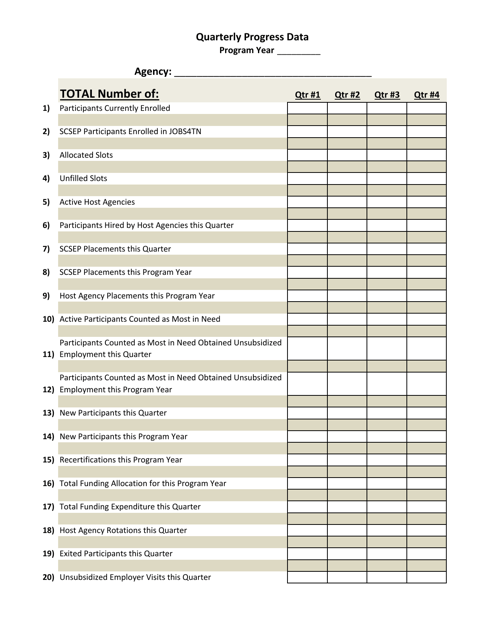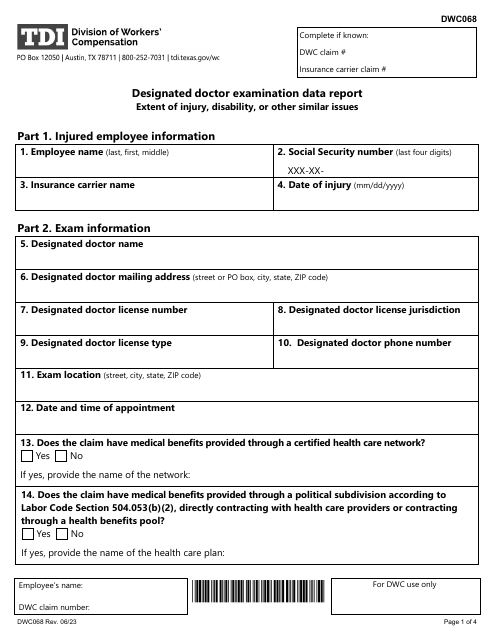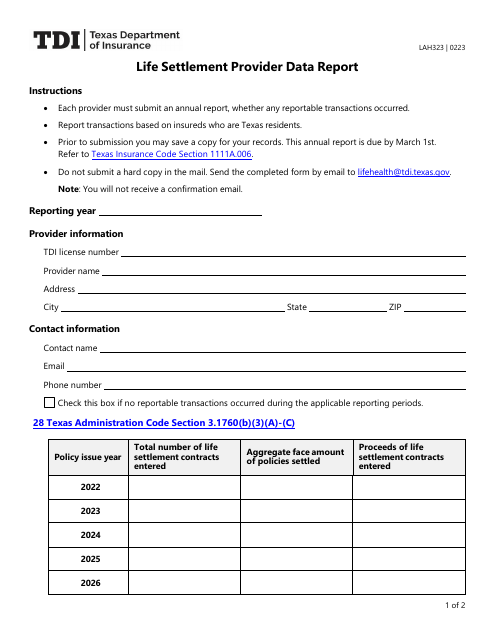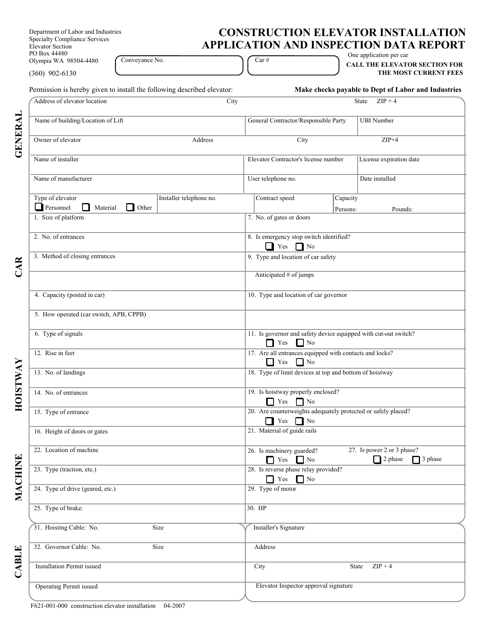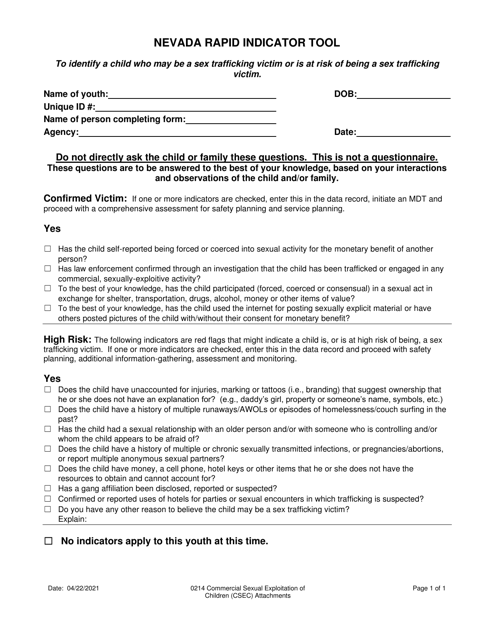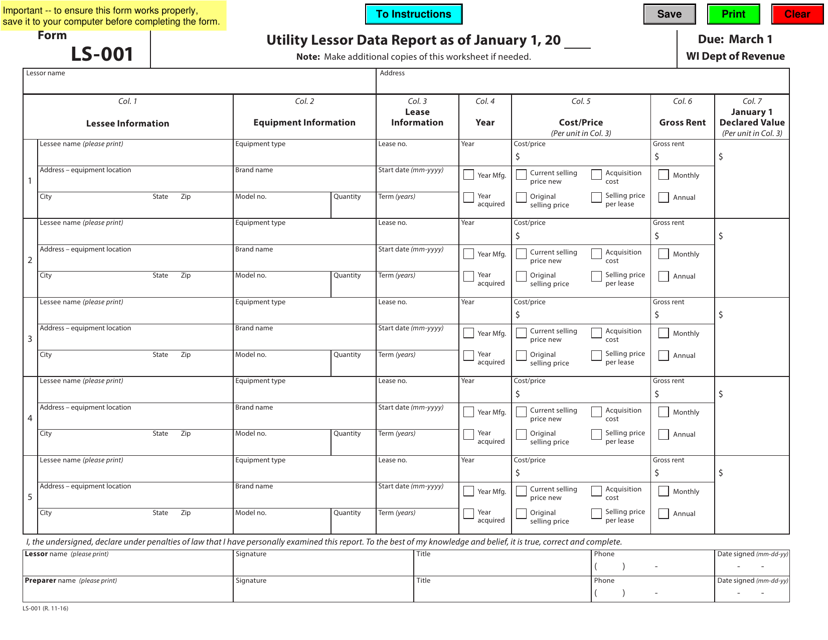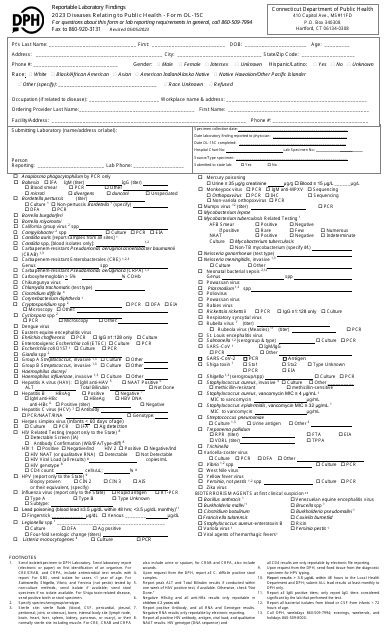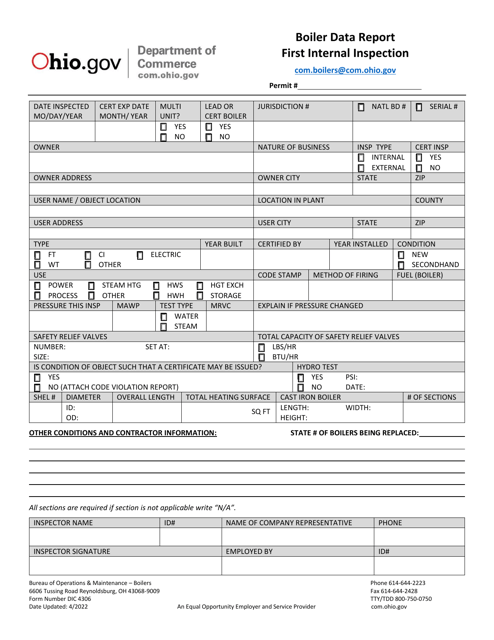Data Reporting Templates
Data reporting is an essential component of various industries and organizations. It involves the collection, analysis, and presentation of data to provide valuable insights and inform decision-making processes. Whether it is in the energy sector, healthcare industry, or government agencies, data reporting plays a crucial role in monitoring trends, evaluating performance, and identifying areas for improvement.
At its core, data reporting involves the compilation and presentation of information in a structured and organized manner. This allows stakeholders to easily understand and interpret the data, enabling them to make informed decisions and take appropriate actions. Data reporting can take various forms, including reports, forms, and requests for data.
For instance, the weekly oxygenate report, construction data report for piping systems, and HIV/Std service request for data are just a few examples of the types of documents that fall under the umbrella of data reporting. These documents capture specific data sets and provide valuable insights into various aspects of the respective industries or services.
Data reporting is also known by different names such as data report, data reports, or reporting data. Regardless of the terminology used, the purpose remains the same – to convey relevant and meaningful information derived from the analysis of data.
Effective data reporting requires not only the ability to collect and analyze data but also the skills to present it in a clear and concise manner. This involves selecting the appropriate format, organizing the information in a logical manner, and utilizing visual aids such as charts and graphs to enhance understanding. Additionally, data reporting should adhere to established guidelines and standards to ensure accuracy, consistency, and reliability.
In conclusion, data reporting is a vital process that enables organizations and industries to leverage data for better decision-making. Whether it is tracking energy consumption, evaluating healthcare services, or monitoring environmental impact, data reporting provides valuable insights that drive progress and improvement. Regardless of the name used to refer to this collection of documents, data reporting serves as a cornerstone of informed decision-making and plays a pivotal role in a wide range of industries and sectors.
Documents:
85
This type of document is used for creating a daily report, typically used in business or professional settings to track and summarize daily activities, progress, and achievements. It helps to provide a summary of the day's events and can be customized to suit different reporting needs.
This Form is used for reporting the results of a counting study. It is used to document and summarize the data collected during a counting study, which is a research method used to quantify or assess the number of items or occurrences of interest.
This form is used for collecting and recording tick survey data and tick walk data. It helps in gathering information about ticks in a specific area.
This Form is used for reporting weekly data on oxygenate production and consumption. It helps the government track the usage of oxygenates in various industries.
This form is used for reporting monthly product pipeline activities.
This Form is used for reporting monthly data on natural gas liquids production and distribution.
This document is a report used in the Federal Procurement Data Systems (FPDS) to track contracting office codes. It provides information about the different offices involved in federal procurement.
This Form is used for reporting annual property tax data for railroads in Alabama.
This Form is used for reporting remediation data in the Voluntary Remediation Program in Arizona.
This document provides instructions for completing the Tuberculosis Surveillance Report Form in the state of Connecticut. It explains how to accurately document and report cases of tuberculosis for surveillance purposes.
This document provides information on how to become an Influenza Sentinel Provider in the state of Illinois.
This form is used for reporting greenhouse gas emissions data in the state of New York.
This form is used for disclosing greenhouse gas emissions data reporting in New York.
This Form is used for disclosing and reporting greenhouse gas emissions data in New York.
This form is used for reporting greenhouse gas emissions data in New York.
This Form is used for disclosing greenhouse gas emissions data reporting in New York. It provides a way for businesses and organizations to report their emissions and contribute to efforts in reducing carbon footprint.
This Form is used for reporting greenhouse gas emissions data in the state of New York.
This document is used for disclosing greenhouse gas emissions data reporting in New York.
This document is a statistical record that contains data and information pertaining to the state of New York. It provides various statistics and facts about different aspects of New York, such as population, economy, education, and more.
This document is a checklist for Risk Retention Groups operating in Oklahoma. It outlines the requirements and steps that need to be followed by Risk Retention Groups in order to comply with the state regulations.
This document provides the quarterly progress data for the state of Tennessee. It includes statistics and information on various areas such as education, healthcare, economy, and crime rates.
This document is used for applying and reporting the installation and inspection data of construction elevators in Washington.
This form is used for reporting utility lessor data in the state of Wisconsin. It gathers information from utility lessors and provides it to the relevant authorities.
This document is used for reporting enrollment data for special education programs in South Dakota.

